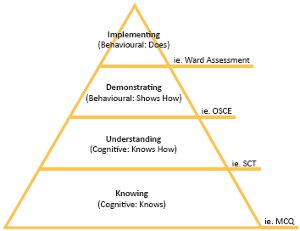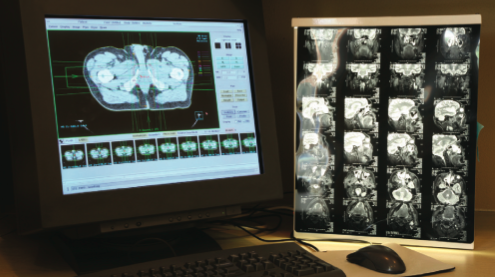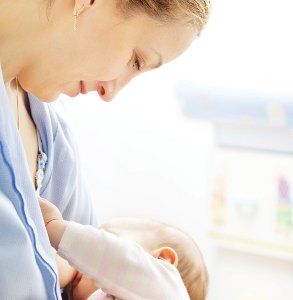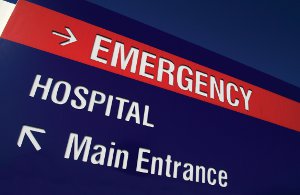
From treating acute blood loss in children to palliative care barriers for the elderly, this issue truly showcases the enormous potential and diverse interests of Australian medical students. Our authors have not been afraid to address controversial issues such as emergency department waiting times, healthcare financing and comparisons between barrier exams across Australian medical universities. We are also privileged to be sharing the insights of four remarkable professorial guest authors. Former Australian of the Year recipients Fiona Stanley and Ian Frazer shed light on future directions of research; the IVF and stem cell research pioneer Alan Trounson reflects on progress in his field and Alden Harken, Professor of Surgery at the University of California San Francisco reminds us how fortunate we are to be in medicine.
A core focus of the AMSJ is to become a national journal, that is, one which represents fairly and equally the academic and research achievements of students Australia-wide, without ties to a particular university. The journal has expanded widely in recent months, our current editorial team now spans four states, and we are moving towards full nationalisation of our staff for future issues. Meeting our readers is also a key priority in shaping a national journal, and we were very pleased to hear many positive comments and suggestions from those who attended the AMSA National Convention and Global Health Conference in July.
One of our exciting new initiatives is the AMSJ Blog, updated regularly at our website: www.amsj.org/blog. Authored by staff members, it provides personal perspectives on medical student life, with articles ranging from practical educational posts to lessons learnt outside the hospital, and tackling the bigger questions we all ask ourselves from time to time (‘So you don’t want to be a doctor anymore?’). We hope you take a look at this terrific new forum for student participation.
As always, support for the AMSJ across Australia’s medical schools has been extraordinary, with the free print copies being in huge demand. Remember that you can download the entire journal for free from our website. Articles from the AMSJ will soon be available on the EBSCOhost database and have gained interest from other major academic research databases and indexing systems. We have also had the pleasant ‘problem’ of reaching our friend limit on Facebook and are switching to a new AMSJ Facebook page: www.facebook.com/amsj.org so please make sure you visit and click ‘Like’ to stay up-to-date!
The journal is a massive undertaking, and we are grateful to have a wonderful and dedicated volunteer staff of medical students and peer-reviewers who work very hard to make this journal a success. Of course we also thank you, our readers, for welcoming and supporting us as the AMSJ continues to display the research abilities of Australia’s medical students.










